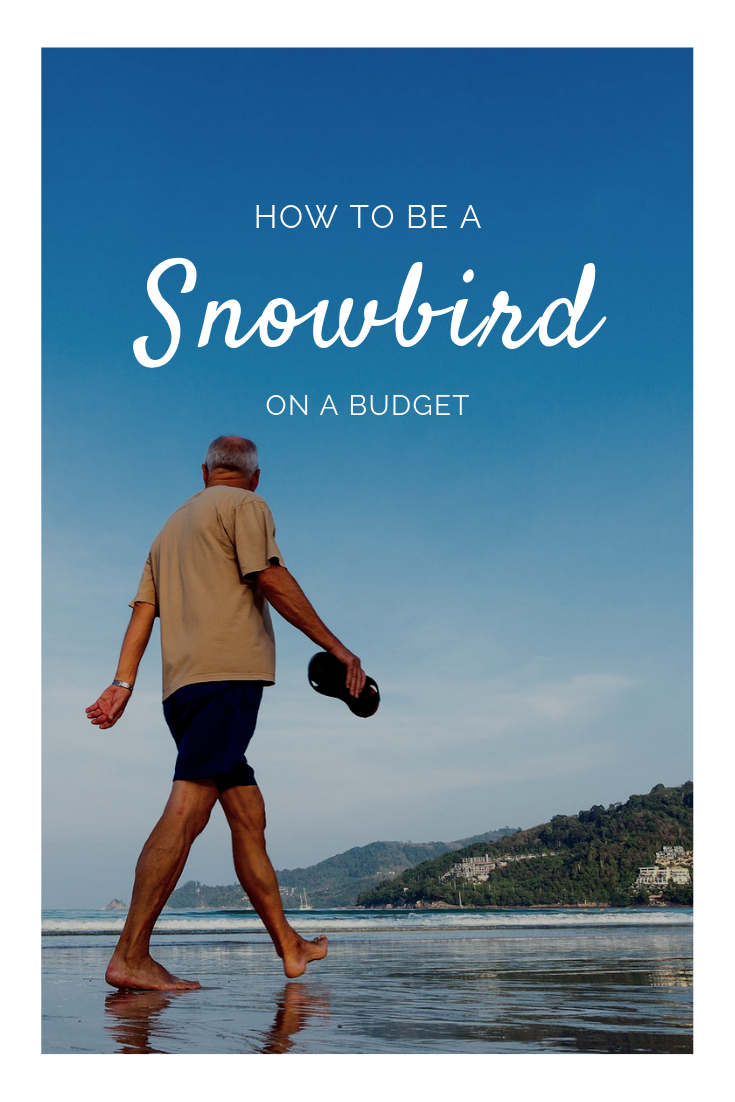
Every year, residents in cold climates head to warmer areas to escape the harsh winter. So many Americans and Canadians make the temporary trek that we have a word for them: snowbirds. Snowbirds are often retired or semi-retired individuals and often have second residences in states like Florida, Texas, or Arizona.
Feeling tempted to explore a snowbird lifestyle yourself? There are ways to make snowbirding work without being fully retired, but it does take some planning and budget prep. If you’re a remote worker or have the flexibility to travel during the year, here’s the cheapest way to be a snowbird.
Did you know…
The term “snowbird” originated from Northern migrant workers who followed the weather south in the 1920s. By the 1960s, the title was used to describe seasonal vacationers in South Florida.
1. Keep a Simple Wardrobe
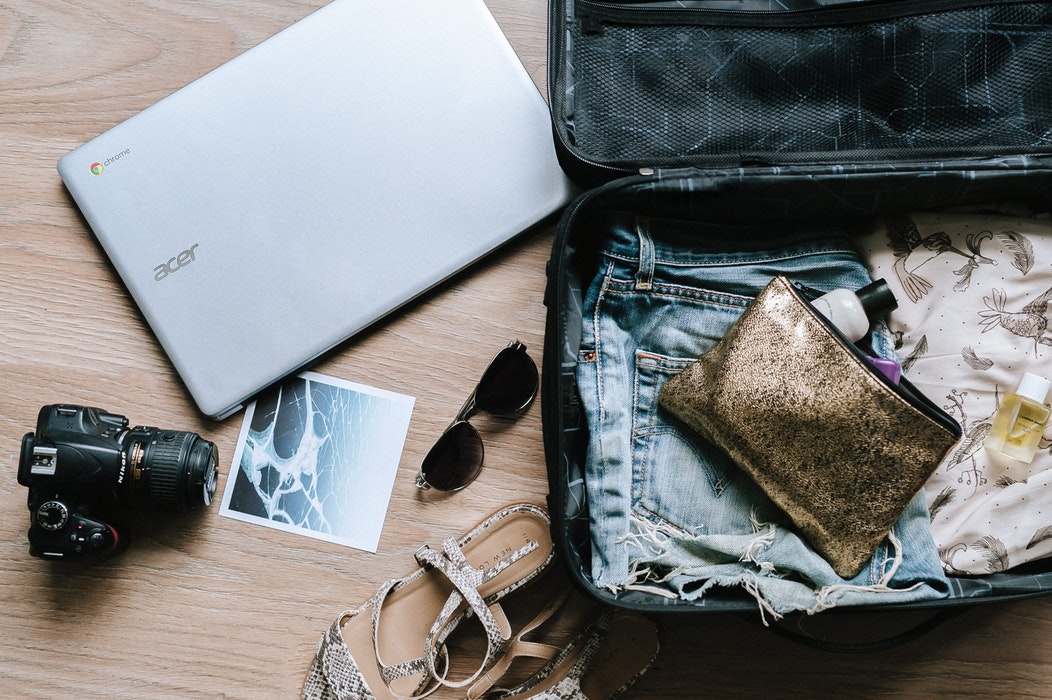
Even if you’re going to be in Miami for the winter, you will need some cool weather clothing. Consider that Phoenix — located in the middle of the Sonoran Desert — averages 56 degrees in January. Pack a light jacket, a few pairs of pants, and some warmer tops in addition to your warm-weather wardrobe.
Beyond those items, don’t go overboard. The more streamlined your wardrobe, the less you’ll pay in moving expenses. Plus, you’ll have less clothing to keep organized once you settle into your temporary space.
2. Contact Your Insurance Company
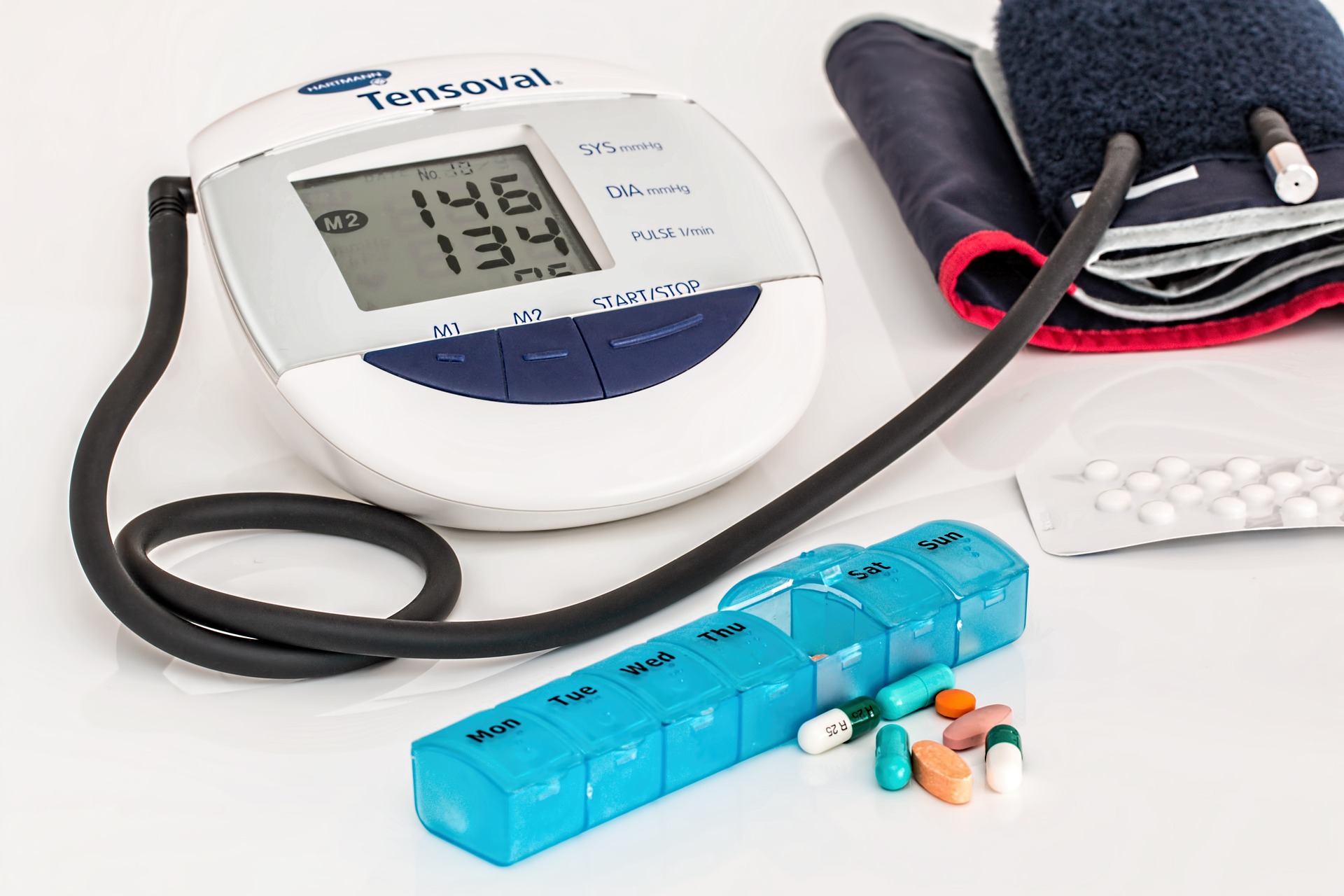
Prescriptions and medical expenses can get complicated when you travel. For example, if you have a prescription for Schedule II drugs—which generally include opioid painkillers, steroids, or drugs that may cause dependence—it may be tough to get your prescription refilled out-of-state. Your insurance might not cover out-of-network services either.
Understand any insurance limitations before you commit to your trip. Then, be prepared to jump through some hoops to get any care and medications you may need.
So how do you know if your prescriptions and other medical costs will be covered?
- If you have insurance through a national provider network, your coverage likely transfers from state to state.
- If your insurance is through the Affordable Care Act, you’ll probably have coverage outside your home state, but you should double-check.
- With Medicare, things get fuzzier, and you may need supplemental insurance to be safe. The AARP has a useful checklist on out-of-state Medicare issues you should review.
The easiest solution: Talk to your pharmacist and health insurance provider when planning your trip. If you can legally purchase a long-term supply of your prescription drugs before leaving, you can cross medicine off of your packing list and avoid living in fear that you may be without your meds.
Also, you may be able to temporarily adjust your health insurance to include out-of-network services. Most healthcare professionals will be familiar with these logistics challenges, so lean on their expertise to guide you.
3. Pack Inexpensive Hobbies
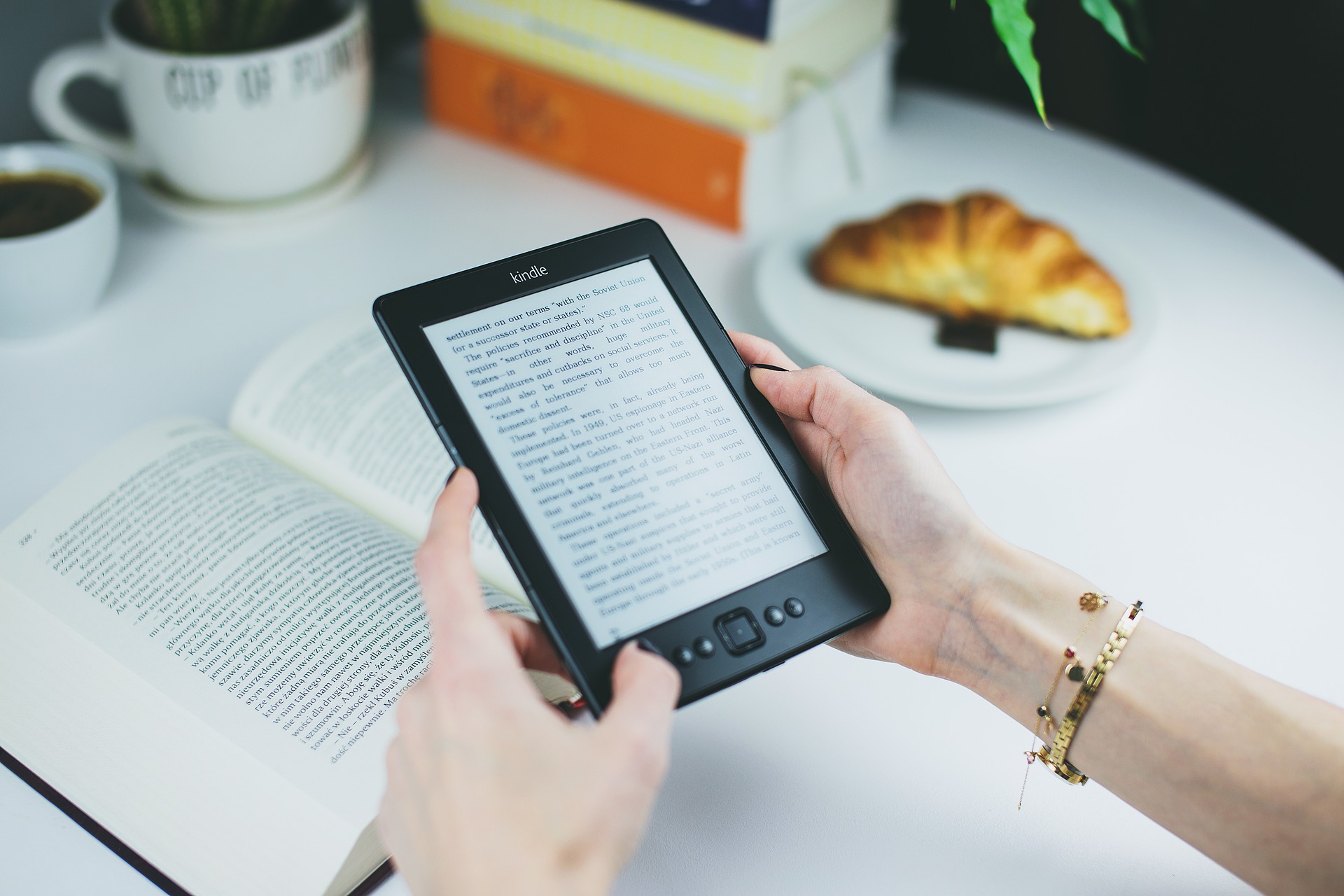
Most snowbirds stay in warmer locations for months at a time, so it’s safe to assume you’ll have some leisure time during your stay. Unfortunately, not all hobbies are portable, so you may have to get creative with your packing.
Here are a few hobbies we love and some tips to consider:
Photography: If you already own a camera, make sure to use extra padding to protect the camera body, lenses, and filters. Disassemble the entire camera before packing and traveling. If you’re flying, don’t put your camera in a checked bag, and never bring lithium batteries. If you don’t have a camera, you can still take up photography as a pastime using your smartphone!
Reading: While the tactile experience of holding a hardcover in your hands is both familiar and comforting, you should consider adding a tablet or e-reader to your packing list. For example, Amazon’s 8GB Kindle Fire can hold 6,000 books. You can always return to your physical books when you get home, but in the meantime, e-readers will better accommodate your reading habit.
Decorating: Decorating your snowbird living space can be a challenging, fulfilling hobby — and it can save you from lugging bulky appliances, bedding or furniture to your seasonal home. Cross those items off your packing list and collect pieces in your snowbird city, instead. Turn your living space — whether it’s a camper or a condo — into a real home. There are several interior design lessons you can study online for free, and you can utilize a monthly storage unit to keep pieces near your snowbird spot rather than taking them back and forth or buying new stuff each year.
4. Consolidate Electronics

We’ve already established that a tablet or e-reader is a great substitute for physical books. Depending on your comfort level, a laptop, tablet, or smartphone also eliminates the need for other costly electronics. Just don’t forget your charger!
If you have a laptop and a smartphone, you’ll have the option to skip these items:
- Television (stream TV online)
- Stereos and radios (you can even get your favorite stations via apps)
- Clocks (built-in alarms, too)
- Desktop computers
- GPS devices
- DVDs
- Address books
- Video recorders or cameras
A good smartphone, like the Samsung Galaxy S6, or a solid tablet like the iPad Pro can reduce the electronics on your packing list to a single item. And don’t forget your charger!
5. Go Digital

Important paperwork is a must on your packing list. Rental agreements, essential insurance documents, driver’s licenses and other forms of identification, tax forms (if you’ll be on the road past April 15)— all of these items should come with you.
In most cases, you don’t actually need the original copies of these documents. That’s where you can save some space and avoid ruining your most critical paperwork. Before you leave, scan or photograph key documents and save them on a secure software program so you can access them digitally.
6. Pack for Your Pets
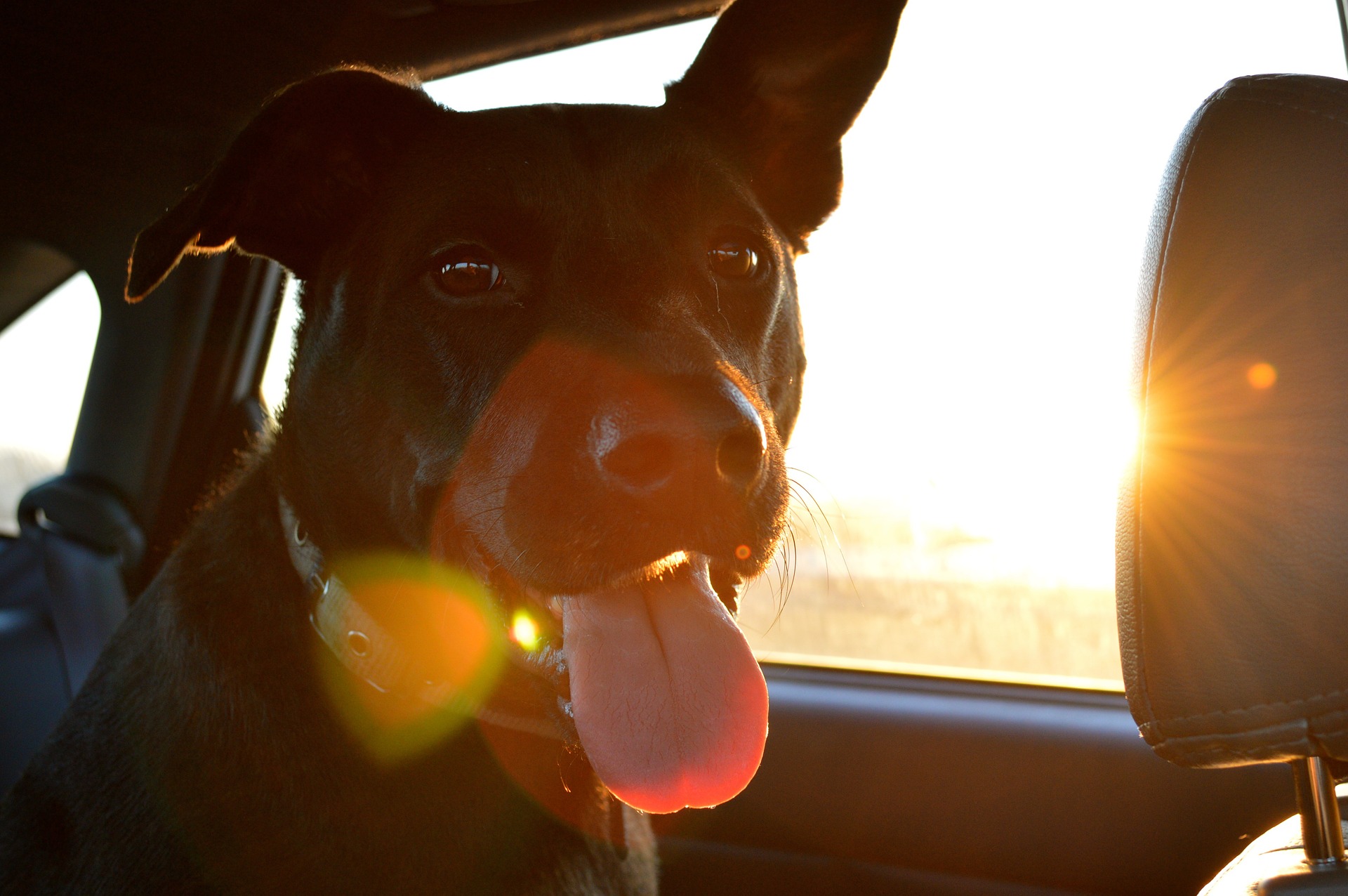
If you’re bringing pets along for the ride, they’ll also need their own packing lists. Here’s a pet-specific checklist to reference before your travels.
- Does your pet have prescriptions that need to be packed or refilled before leaving?
- Do you have copies of your pet’s medical records?
- Do you plan on buying the essentials like food, leashes, dishes, etc. for your pet at your destination, or do they need to come with you?
- Did you pack some of your pet’s favorite toys or blankets to provide some comfort during your travels?
7. Cook at Home
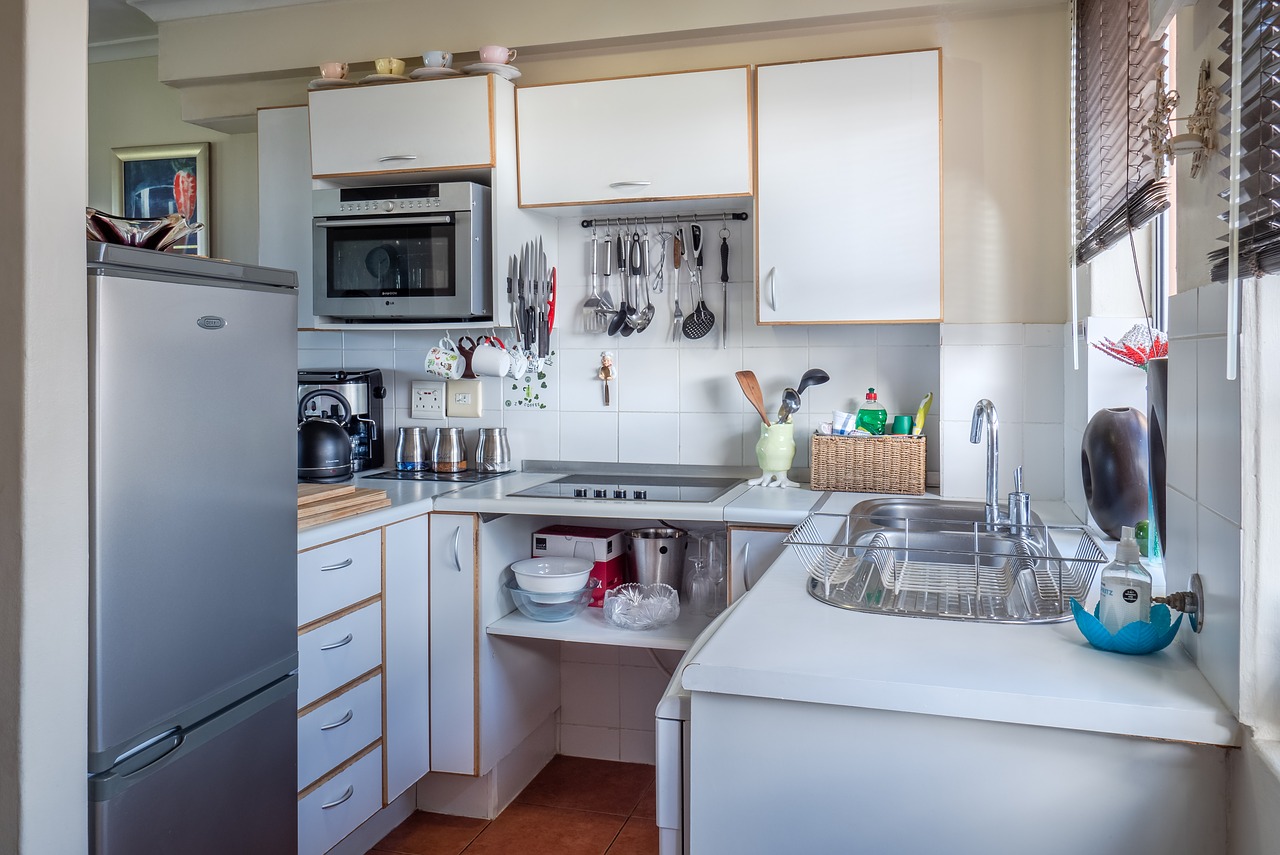
It’s not exactly practical (or budget-friendly!) to have every meal in a restaurant for months on end. However, unless you’re traveling via RV, you probably don’t have the space to pack much kitchen equipment.
If you return to the same snowbird residence every year, consider buying a second set of your most common kitchen items and keeping them in your temporary space. If you don’t own the residence, you can also prioritize packing expensive items and buy the cheaper items each year.
If you rent in the same city every year, it might also be worth it to look into self storage. A small storage unit for your appliances, table settings, and other household necessities can save you money and space when you make the trip each year.
8. Don’t Pack What You Can Buy
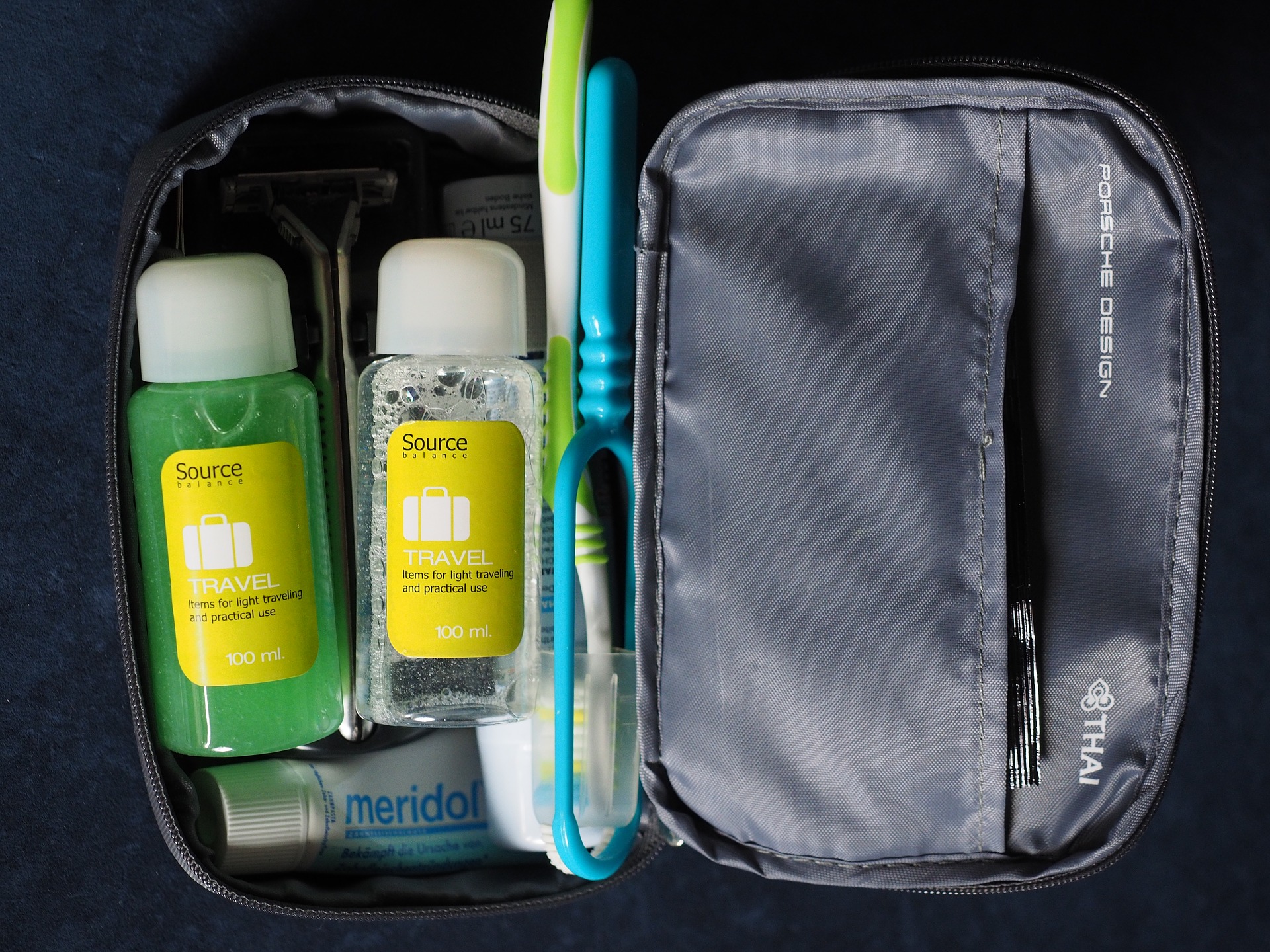
It might be tempting to pack toothpaste, mouthwash, and other essentials, thinking it will save you money. However, it could end up costing you. Items like shampoo and body wash take up space and can make a mess in transit. If you’re flying, these toiletries add unnecessary weight to your checked luggage.
Bring travel sizes for the extent of your travel, but consider buying full-size toiletries at your winter residence. The amount you’d save by bringing your current set is likely not worth the hassle.
9. Decide to Mail or Store
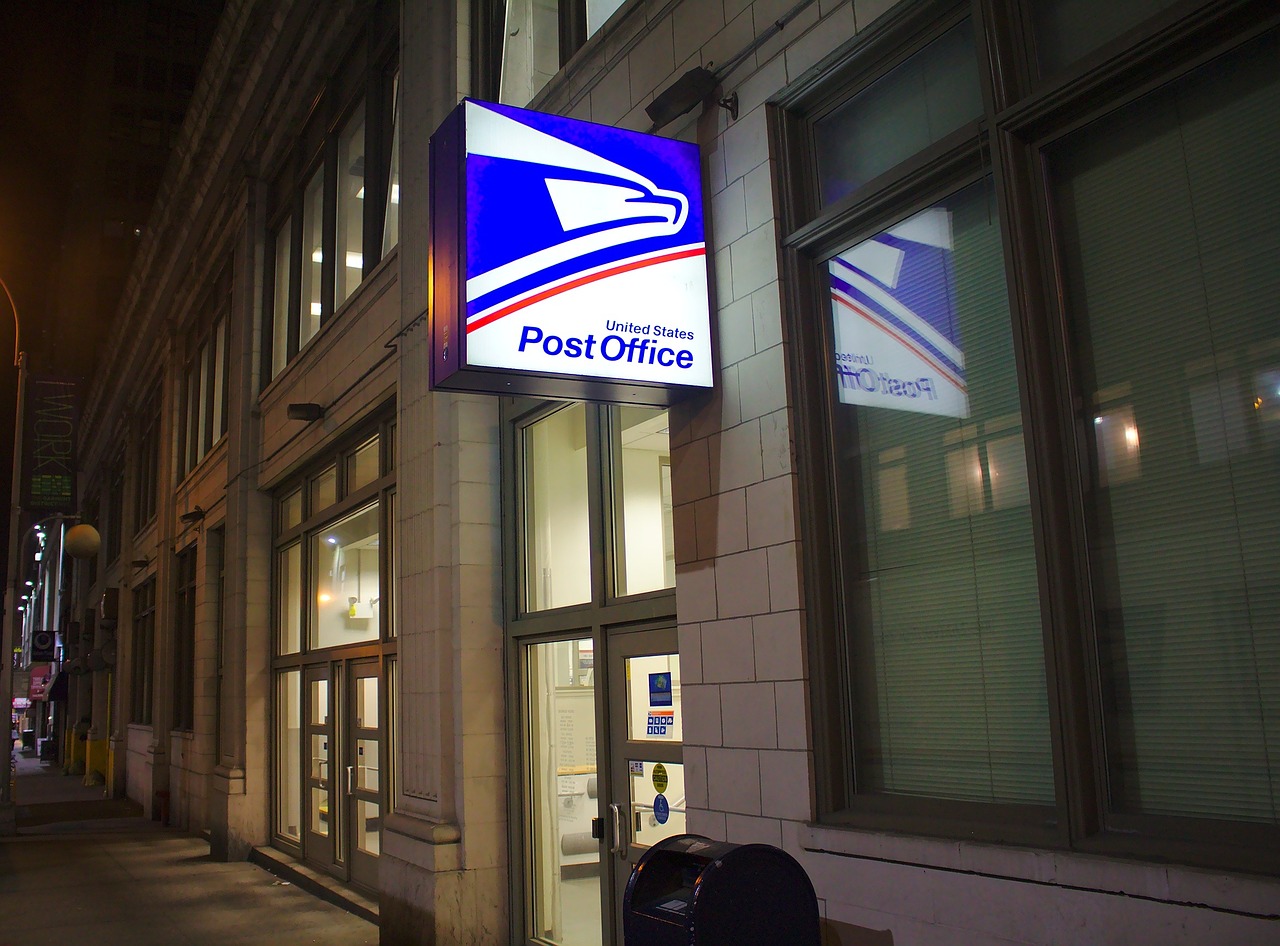
If you have a lot of small items that you use year after year, weigh the value of a storage unit versus mailing items back and forth. Check out our storage unit estimator to see how much room you’d need in a storage unit, and take a look at the shipping costs for USPS, UPS, and FedEx before making a decision.
Also, don’t forget to forward your mail. It takes about five minutes and costs $1.05 to forward your USPS mail to a temporary residence for up to one year. You can do it online right now!
10. Try Self Storage

Self-storage comes in handy in all kinds of snowbird situations. Maybe you want car storage while you are gone. You may want to stash precious valuables while you’re out of state. Whatever the reason, self-storage is a helpful resource that exists in most locations around the globe.
Find a self storage location near you, and one of our managers can get you set up with the storage space that is right for you.
This post originally appeared on the Life Storage blog on 12/22/15 and was revised on 12/21/18 & 7/19/23 to provide new information.







